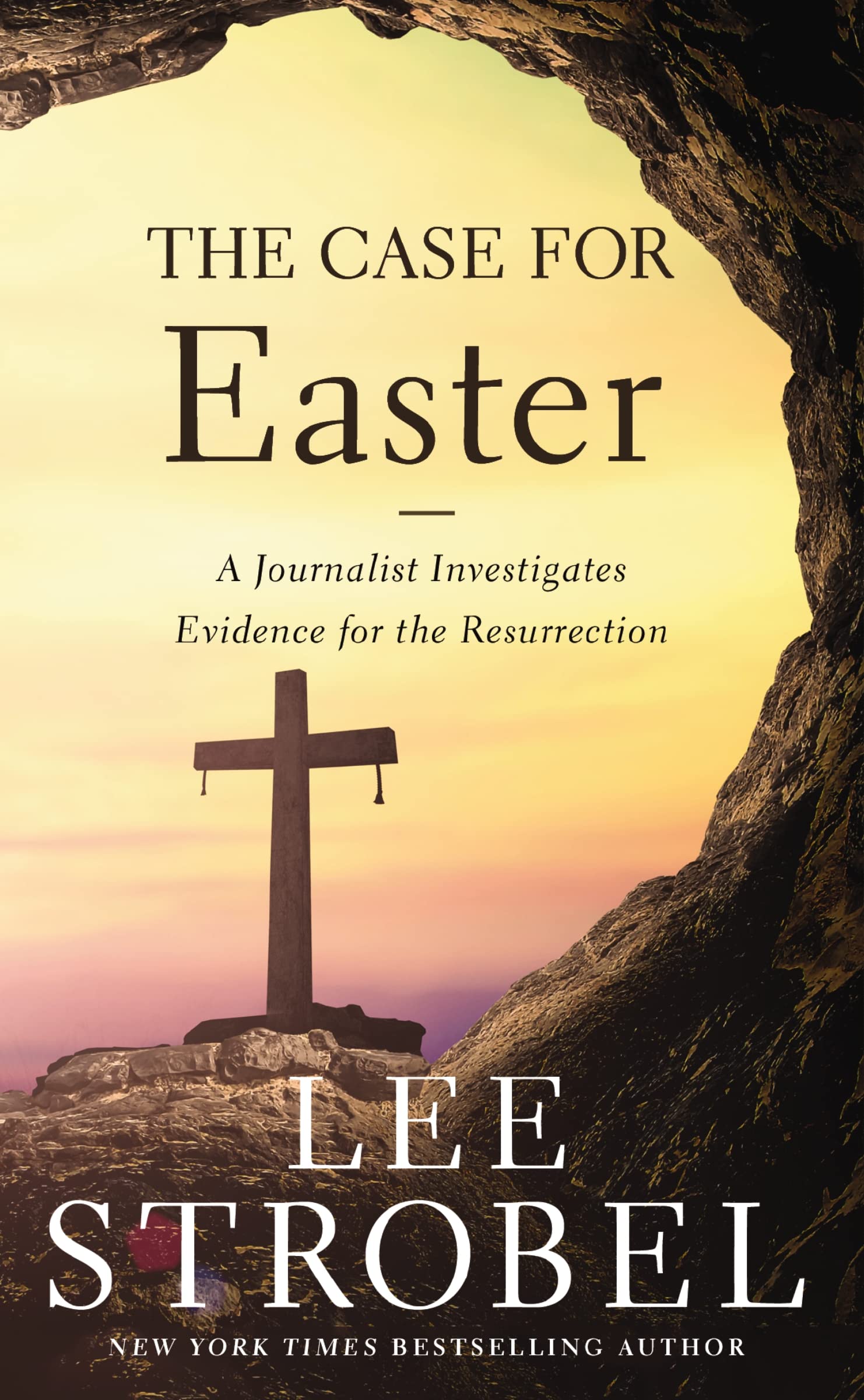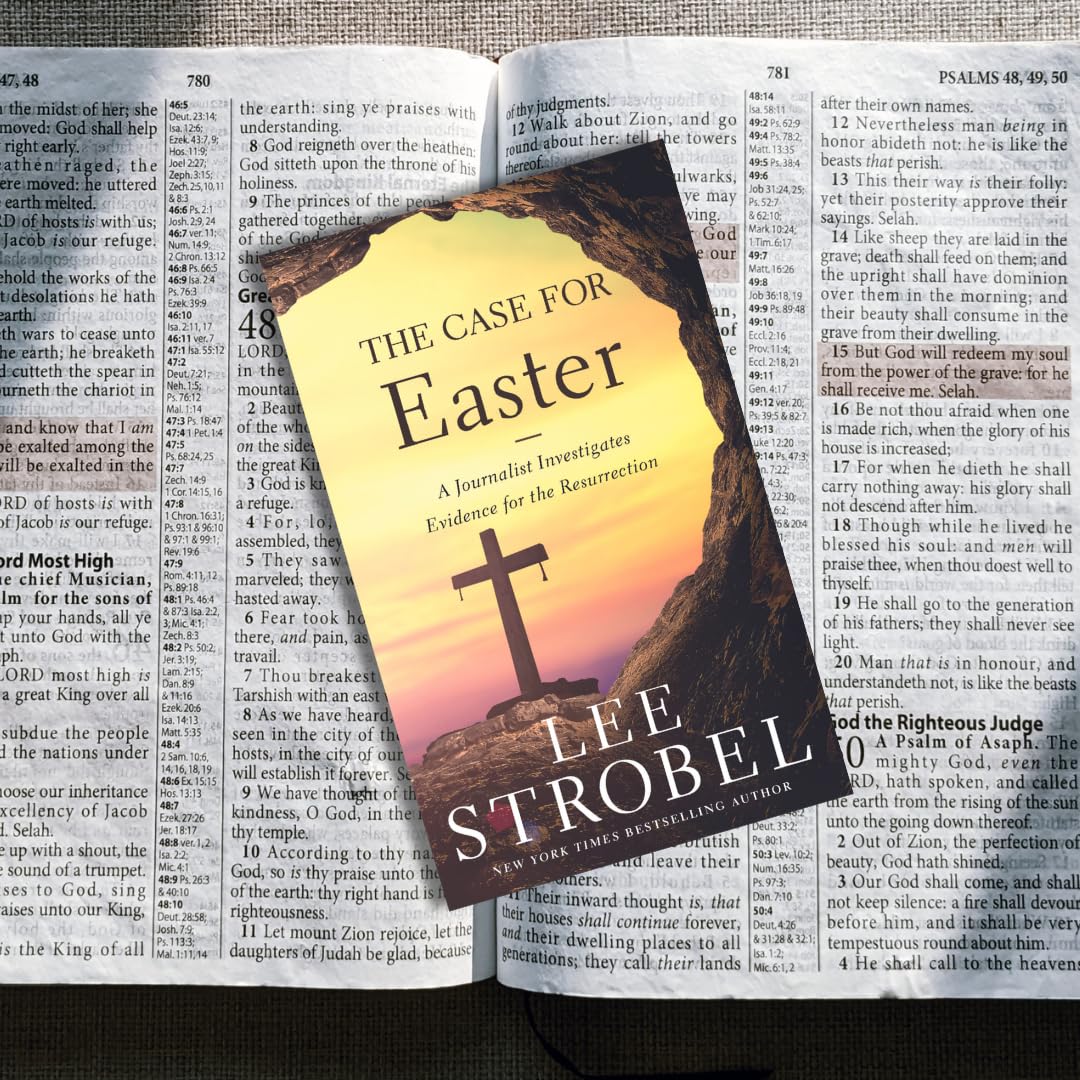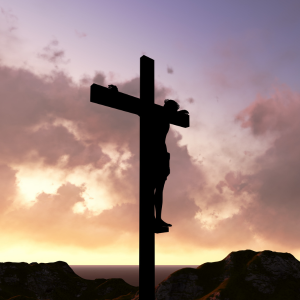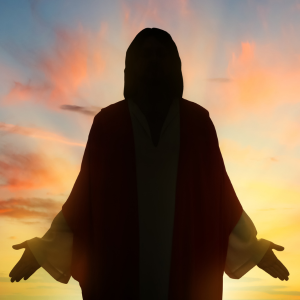Customer Services
Copyright © 2025 Desertcart Holdings Limited
Desert Online General Trading LLC
Dubai, United Arab Emirates





The Case for Easter: A Journalist Investigates Evidence for the Resurrection (Case for ... Series)






Trustpilot
4 days ago
1 month ago